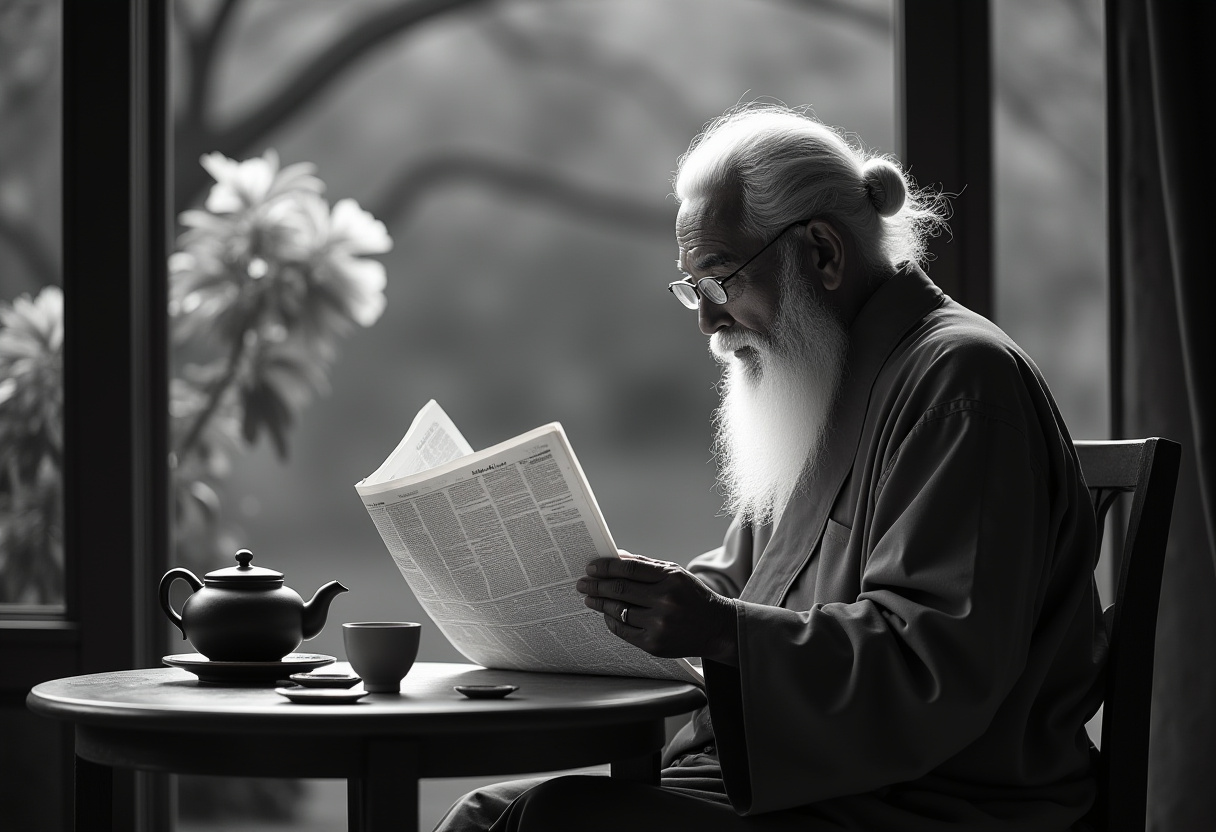The first week of Australia's federal election campaign has showcased a myriad of strategies from both major parties, with focus areas ranging from cost of living to cultural debates. Opposition leader Peter Dutton appears to be courting traditional Labor voters like Peter Ryan, who is considering a change in allegiance due to rising living costs and electricity bills. This illustrates a crucial pivot as Dutton attempts to attract disillusioned voters in regions dependent on blue-collar industries.
However, Dutton’s campaign has not been without missteps. His comments regarding where he would prefer to live as Prime Minister caught negative attention, highlighting a perceived disconnect with ordinary Australians. This incident serves as an example of how crucial public perception is in this highly scrutinized political landscape.
In contrast, Prime Minister Anthony Albanese exudes confidence, evidenced by his campaign's organization and strategic targeting of marginal seats, although he is acutely aware of the dangers of appearing overly self-assured. The article points out that Albanese’s visits have been more focused on public service sectors like healthcare and education, potentially appealing to more diverse demographic groups, although some critics may see this as a superficial attempt to connect with voters.
Moreover, the pervasive influence of Donald Trump casts a shadow over the campaign, complicating local issues within the broader context of global politics. Dutton’s association with Trump's agenda presents risks, projecting vulnerability among voters who associate such ties with divisive politics. On the other hand, Albanese's ability to relate domestic policy debates back to Trump’s actions in the U.S. becomes a tactical advantage that highlights the significant interconnectedness of global leadership dynamics.
Overall, the approach each candidate takes toward their messaging and public engagement could prove pivotal as they vie for voter allegiance. Both parties face the challenge of not only addressing immediate economic concerns that voters prioritize but also presenting a strong narrative that resonates with their identities as leaders. As we progress deeper into the campaign, watch closely for shifts in voter sentiment, especially considering that much of the electorate remains undecided or 'soft.' The intertwining of local and international themes will continue to shape the election dialogue significantly.
AD
AD
AD
AD
Bias Analysis
Bias Score:
65/100
Neutral
Biased
This news has been analyzed from 14 different sources.
Bias Assessment: The article exhibits a moderate level of bias, mainly through its emphasis on certain events and interpretations of the candidates' actions, particularly in portraying Dutton's missteps and the framing of Albanese as overly confident. Additionally, the narrative tends toward favoring Albanese's strategic positioning, which may lead to an unbalanced representation of both candidates in a competitive political landscape.
Key Questions About This Article




